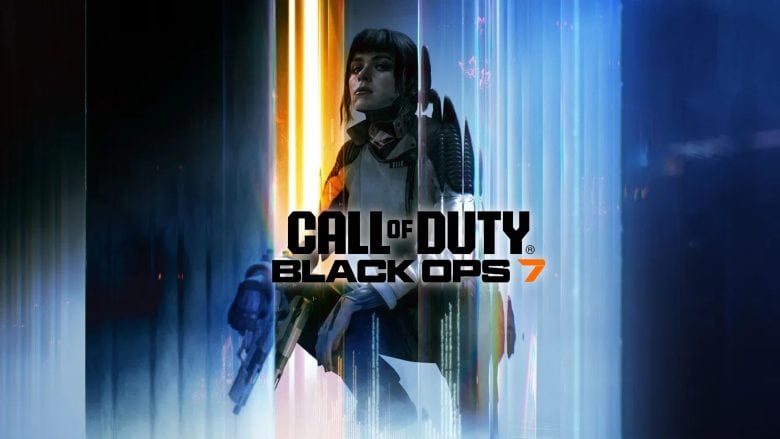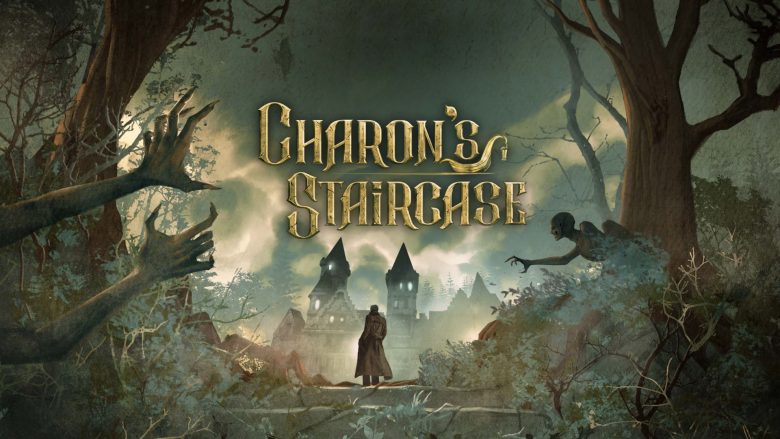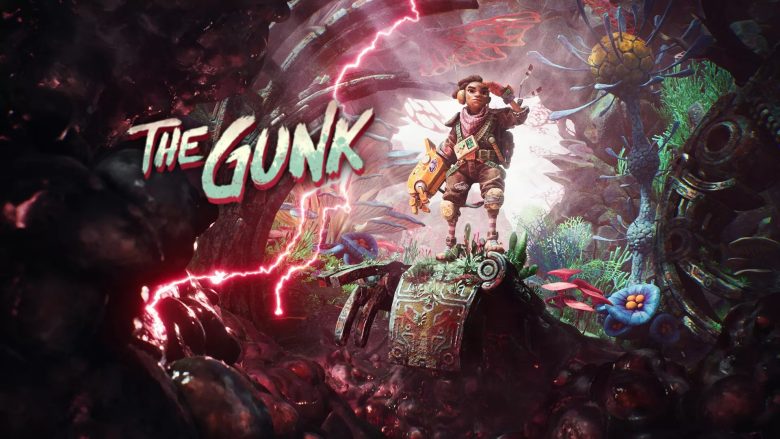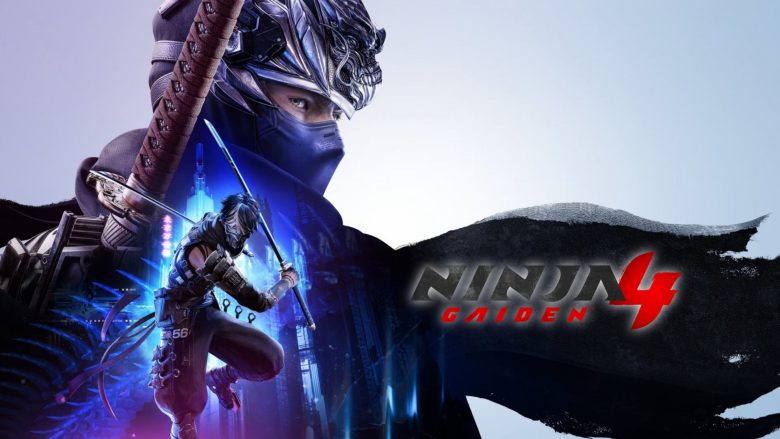A frightening yet tender journey into Scandinavian folkloric tradition.
Bramble: The Mountain King, by Dimfrost Studio and published by Merge Games, released on April 27, 2023, is yet another production where the protagonist is a child without particular physical abilities, but armed with courage and purity of heart, and this is certainly not a bad thing. A beautiful, good, and brave character always captivates within a story.
Olle, therefore, is beautiful, good, and brave. Somewhat limping, perhaps, and certainly fragile, but agile at the right moment and occasionally resourceful, but above all, he is not one who is afraid to get dirty.


One night, Olle leaves his bedroom through the window to follow his older sister. He manages to catch up with her, and they walk carefree for a while, but at a certain point, his sister is kidnapped by a troll, and that’s when the adventure begins.
Olle’s goal is to save his sister, but to reach the climax of the series of interconnected events, the boy will have to face tough challenges and, above all, serve as a means to learn about the stories of these dark and dangerous figures that obstruct Olle’s path.
And here begins the part most linked to the theme of Nordic folklore. Each villain that Olle confronts has a story told through an illustrated book.
This in-depth exploration of characters moving in historical, almost mythological contexts, in the very land where Olle now finds himself, is one of the strengths I found in this video game and that is what I intend to primarily address in this review.
The characters
In Bramble, there are several characters worth mentioning; as I said, they are the most interesting aspect of this video game. They are well-characterized, both in terms of narrative and graphics.
Besides Olle and his sister, Lillemor, one of the “good” characters is Lemus, a stone troll who usually aids Olle on his journey. Then there are the gnomes, who are quite bothersome, actually. And, of course, there are the wicked trolls in flesh and blood.
The first one to get on our nerves, in fact, will be a troll named the Butcher, who will force us to walk through the worst sewers.
However, the real characters are the bosses whom Olle will have to confront at the end of each level.
We met Näcken with the demo, and his story had already moved us to tears. A poor man who was bullied when all he wanted to do was play his violin and love his girlfriend.
The part dedicated to Kärrhäxan is perhaps the most unsettling, where Olle will do everything to try to save a newborn destined to be sacrificed, but without success.
Our first encounter with this creature is quite traumatic. Olle emerges from the forest, using the light given to him by Tuva (we’ll come back to her later), and he finds himself facing a marsh, silhouetted against an evocative and macabre twilight. At the water’s edge, there is a figure bound to a cross, and at some point, it will gaze at us with its disturbing eye.


Undoubtedly, one of the most charismatic characters is Skogsrået (Skosgra), another enraged and vengeful creature that feeds on darkness, like its “colleagues.” The story behind this character is perhaps one of the most fascinating, and it is worth using the words written on the pages of the book that talks about her:
“Once upon a time, there was a peaceful village near a vast forest. One night, the villagers caught sight of a beautiful woman with long black hair observing them from the darkness.
The woman appeared again every full moon. Some men decided to follow her into the forest, and some of them never returned.
Those who came back had lost their sanity. After a while, the villagers had had enough. They captured all the young women with black hair and accused them of witchcraft.
They began executing them, hoping to find the true culprit. Yet, the men continued to disappear every full moon.
The villagers, growing more desperate, set a vast area of the forest on fire, hoping to find the beautiful woman with the strange power, but to no avail.

The villagers had lost their reason. They had killed their own mothers, their own daughters. They had burned more forest than they had ever exploited for resources.
Then, one night, when the moon shone at its fullest, five brave men decided to take justice into their own hands. They donned their cloaks and ventured into the burnt forest to hunt down the woman with black hair.
After some time, they saw her standing in the middle of a clearing. The men were immediately captivated and followed her into the darkest heart of the forest.
The woman was a shape-shifter who mirrored what the men desired to see, luring them in. When they got close enough to touch her, she transformed into a monstrous creature.
The creature tore open their chests and hung their bodies from the trees, extracting strange powers from their still-beating hearts. No one would ever see them again…”

The fight against witches is a very strong theme in this narrative, and it will culminate with the story of the mountain king Nils Holgersson, the true protagonist of this tale, written by Edvard Grieg and from which Dimfrost Studio drew inspiration.

These characters are given a voice to scream, and they scream their pain so loudly that it destroys everything. This aspect of dignity and the importance Dimfrost Studio has given to these “villains” of the story is intriguing. Through Olle, we discover their sad past and realize that they were poor victims.
A fundamental character who appears after the encounter with Näcken is Tuva, a creature that may resemble a fairy, with long blond hair like Olle. She welcomes and comforts him, eventually giving him a powerful weapon, the light, with which he can confront dangers like the thorns and enemies.

The importance of directing
In the article where I discussed the demo, I had already highlighted the importance of what seems to be one of the protagonists of this video game, namely the direction.
Dimfrost Studio has done a focused job, giving particular emphasis to the cinematic expression of the video game, even going so far as to allow the camera to rotate.
But not only that, towards the end of the game, I believe that some graphic references are drawn from German expressionism, as seen in other Scandinavian authors, and in this case, I refer to the kaleidoscope and the entire mental trip caused by Pesta.
The direction helps to understand the journey, much like Olle’s light; in other words, it serves as a guide but also seeks to be noticed for its virtuosity.
Review conclusions
In the demo we tried before the game’s release, the brambles were not present, so one could only assume that they would eventually play an important role, and indeed, they do.
It’s as if all these stories were intertwined in an unhealthy way, a tangle that manifests itself in these brambles, governed by a beautiful flower.
In this review, I haven’t delved into all the scenarios and the narrative in its entirety because I’d like to provide a general overview of this about six hours video game and potentially encourage those reading to try the game, as it truly deserves it. It has its peculiarities.
I won’t dwell on the gameplay either, as it’s rather basic, and as I mentioned in my previous article, it closely resembles the mechanics of Limbo and Inside.
There are some bugs to report, mainly occurring upon Olle’s death, causing the character’s rigging to go haywire.
At times, an annoying audio misalignment occurred, initially attributed to a possible quick resume issue on Xbox, a problem that persisted even after restarting the console and couldn’t be resolved.
Have you experienced this problem in other editions as well? Let us know on our social media!
Bramble: The Mountain King deserves praise for the care that went into its creation and the uniqueness of its fascinating and evocative Scandinavian folklore-inspired setting.
But above all, it deserves recognition for its characters: Nacken, Skogsrået, Nils, and the rest of the cast.
Their stories deserve to be heard.
Bramble: The Mountain King
PRO
- Care and meticulousness in both storytelling and graphics
- Evocative setting and story
CON
- A bit too short in duration
- Some bugs











